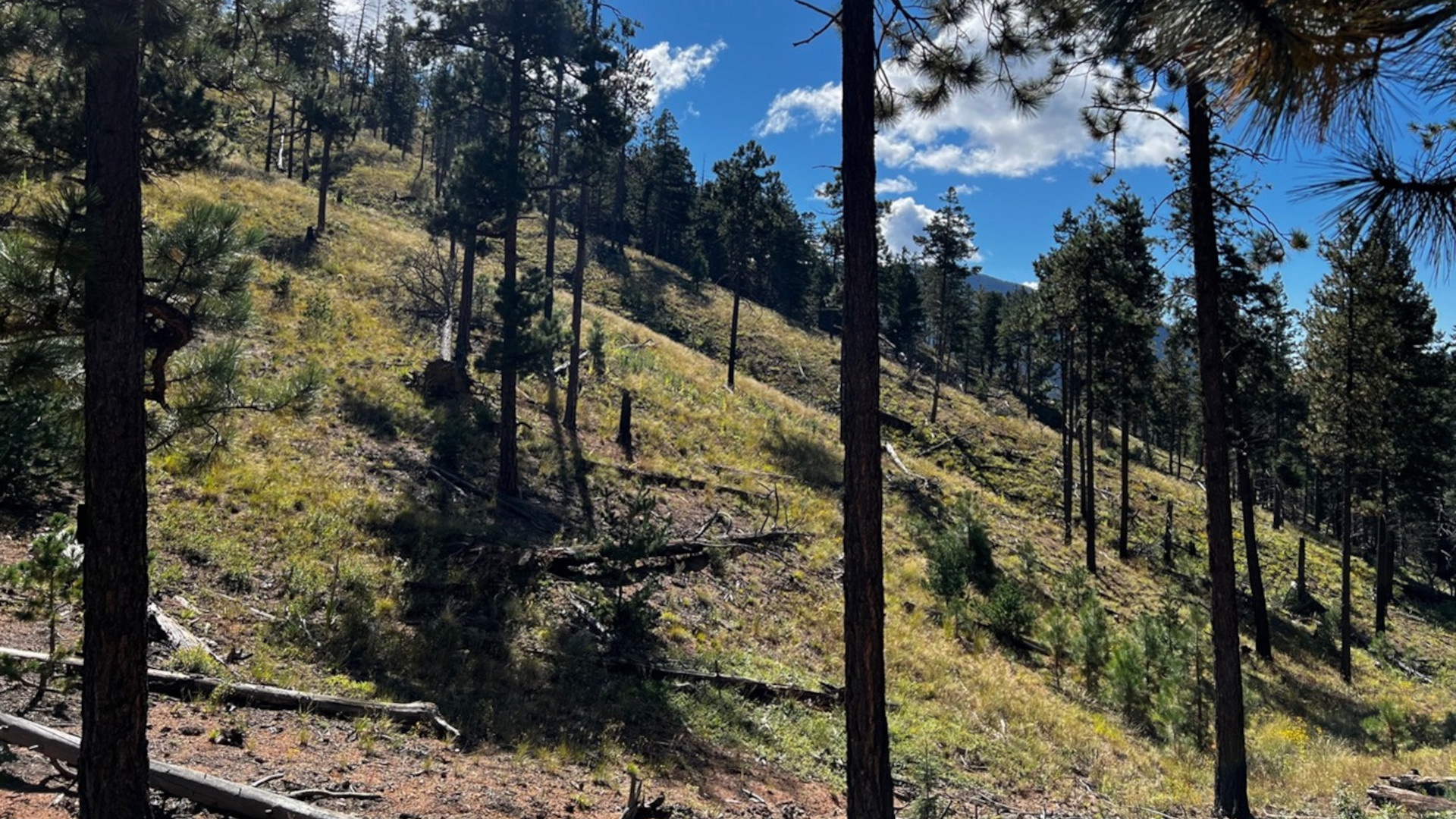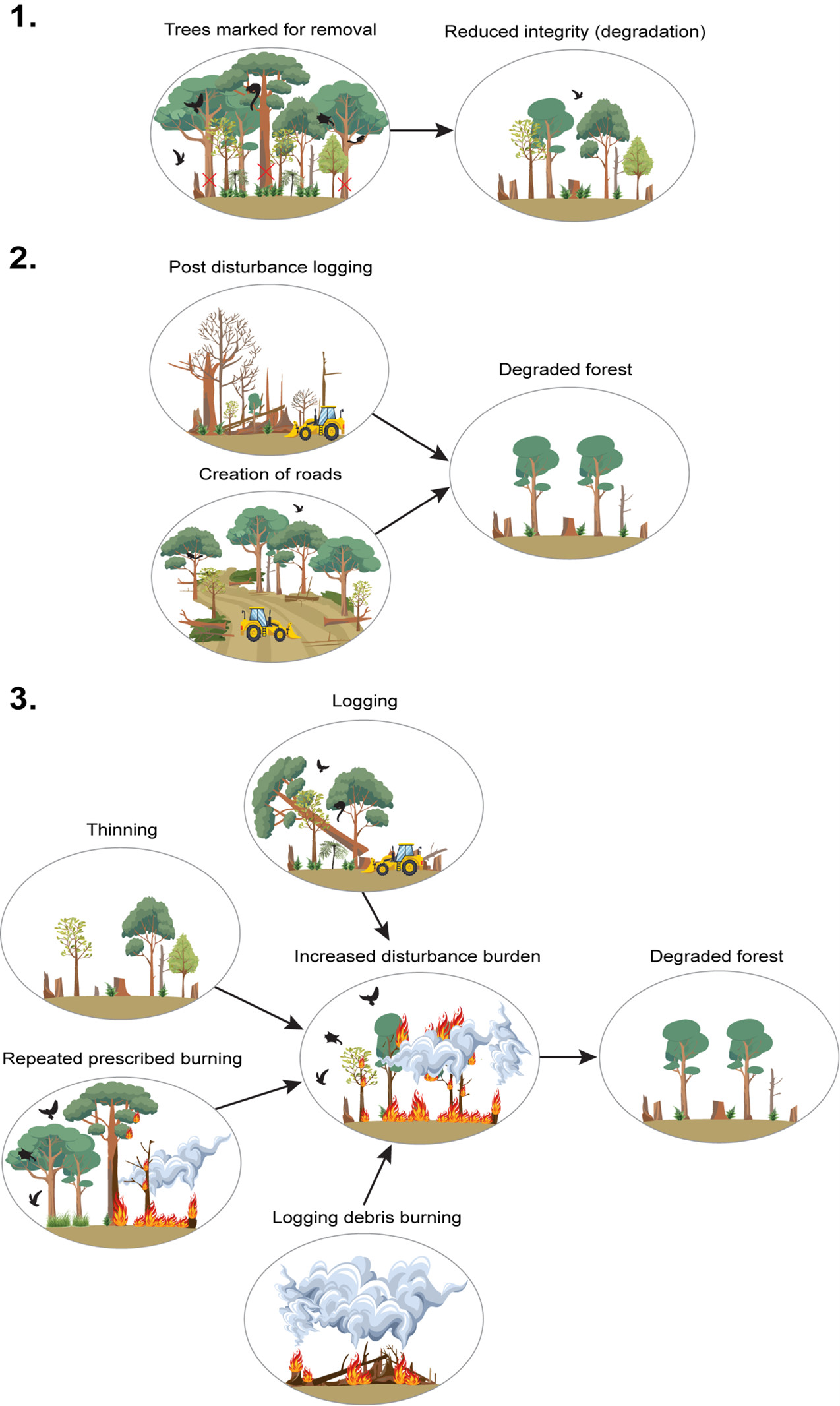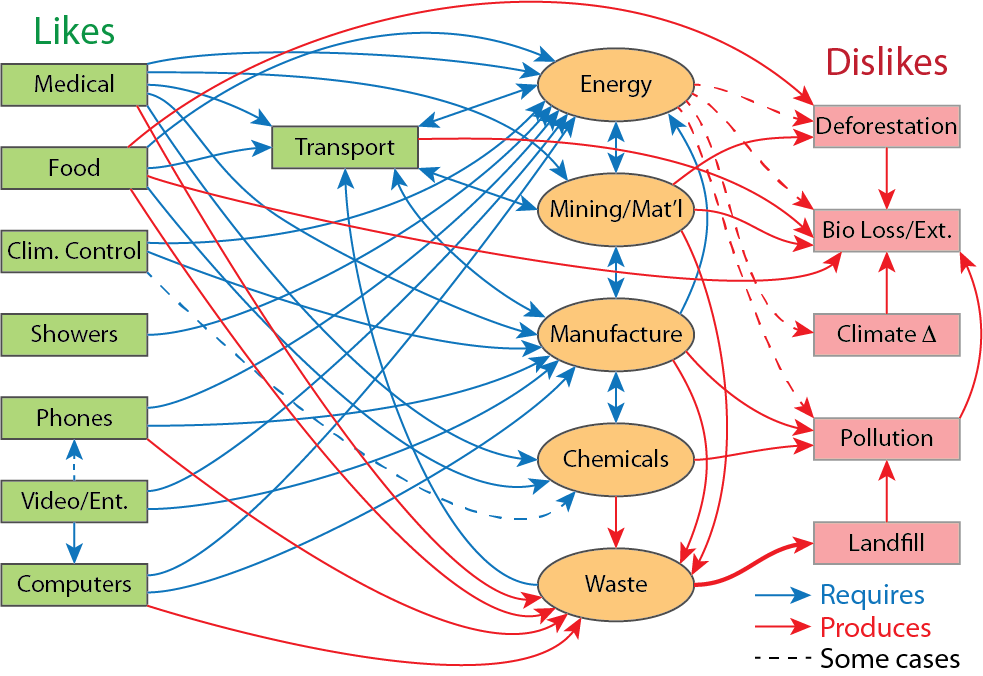YINTAH
Our feature length documentary film won the prestigious Audience Award as voted by festival attendees at the Hot Docs 2024 Film Festival in Toronto! This award will ensure a further reach and opportunities for the distribution of Yintah.
This comes with a $50k cash award sponsored by Rogers.
We are so grateful for everyone that has seen the film, written about it, and shared!
Check out yintahfilm.com for updates!

Wedzin Kwa. This is what we are fighting to protect. Clean drinking water. Salmon spawning beds. Everything depends on her. Please consider joining us.
.
There are many different ways to support! You can take action where you are, support local issues that raise Indigenous sovereignty or donate. You can also come to the yintah where there are always projects and builds happening to reclaim and reoccupy our territory.









